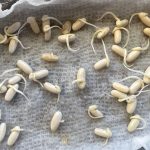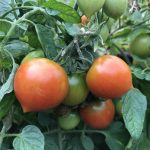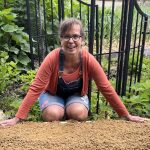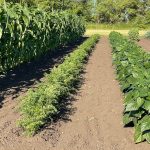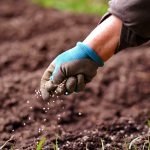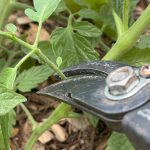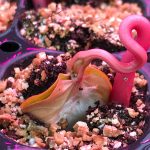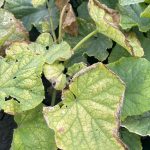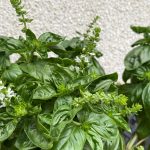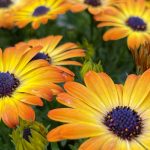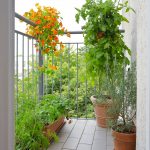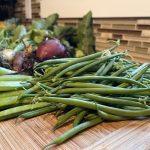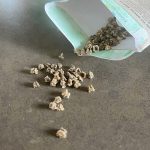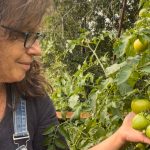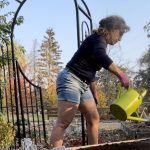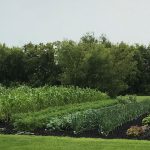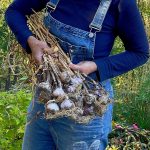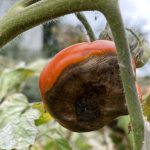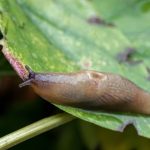Fresh herbs are simple and fun to grow, and are a fantastic starting point for first-time gardeners.
This guide will explore the benefits of growing herbs, where to grow herbs, great herb pairings, and how to care for herbs in planters. If you’re looking to spruce up your summer cooking with beautiful fresh herbs, this guide is a perfect place to start!
The Benefits of Growing Fresh Herbs
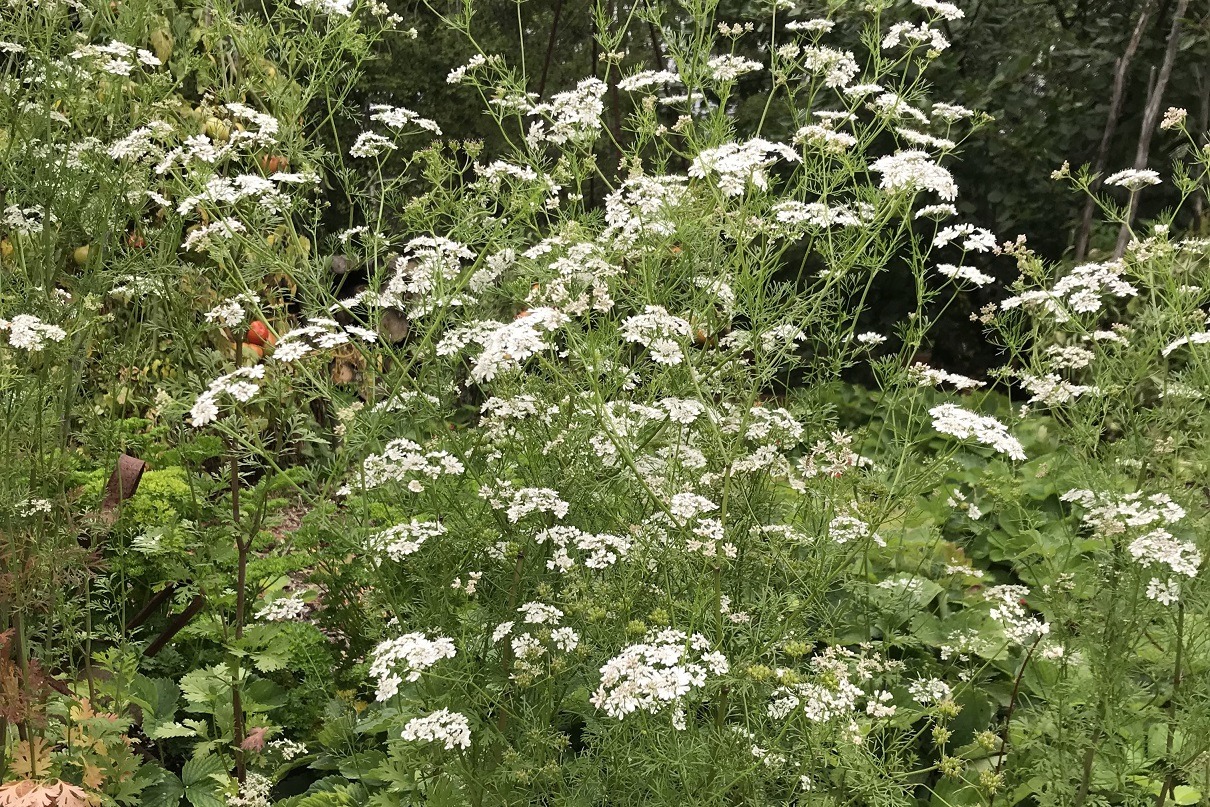
Civilization has used herbs from the earliest days of humankind.
A herb is a herbaceous plant whose leaves are used for food, flavouring, perfume, medical, or hygienic purposes. Herbaceous plants don’t develop a woody stems, and if it is a perennial, it dies back in the winter and grows fresh from its roots each spring
When other parts of a plant, like seeds, bark, or roots are used, they are called a spice.
Herbs are multipurpose plants providing benefits to the garden, the body, and the soul. Here’s a list of the beneficial qualities of herbs:
Fresh Herbs Improve Food Flavour
If you want to add zest and enthusiasm to a dish, cooked or raw – add herbs. Fresh herbs have a way of transmitting joy from the garden onto a plate.
Herbs Enhance a Garden’s Physical Beauty
Herbs are more than leaves to cut up or crush for a dish or salad; each herb has its own distinct blossoms, leaf shapes, and colours.
Shake up the garden assortment of herb flowers with purple Lavender spires, simple white basil blossoms, or round purple clusters of chive flowers.
Add diversity to your garden with different herb leaf shapes and variegations.
For example, Dill has delicate threadlike leaves that add a touch of whimsy. Cilantro foliage adds an airy texture. Parsley adds curl, and Lemon Thyme or Sage have multicolored leaves.
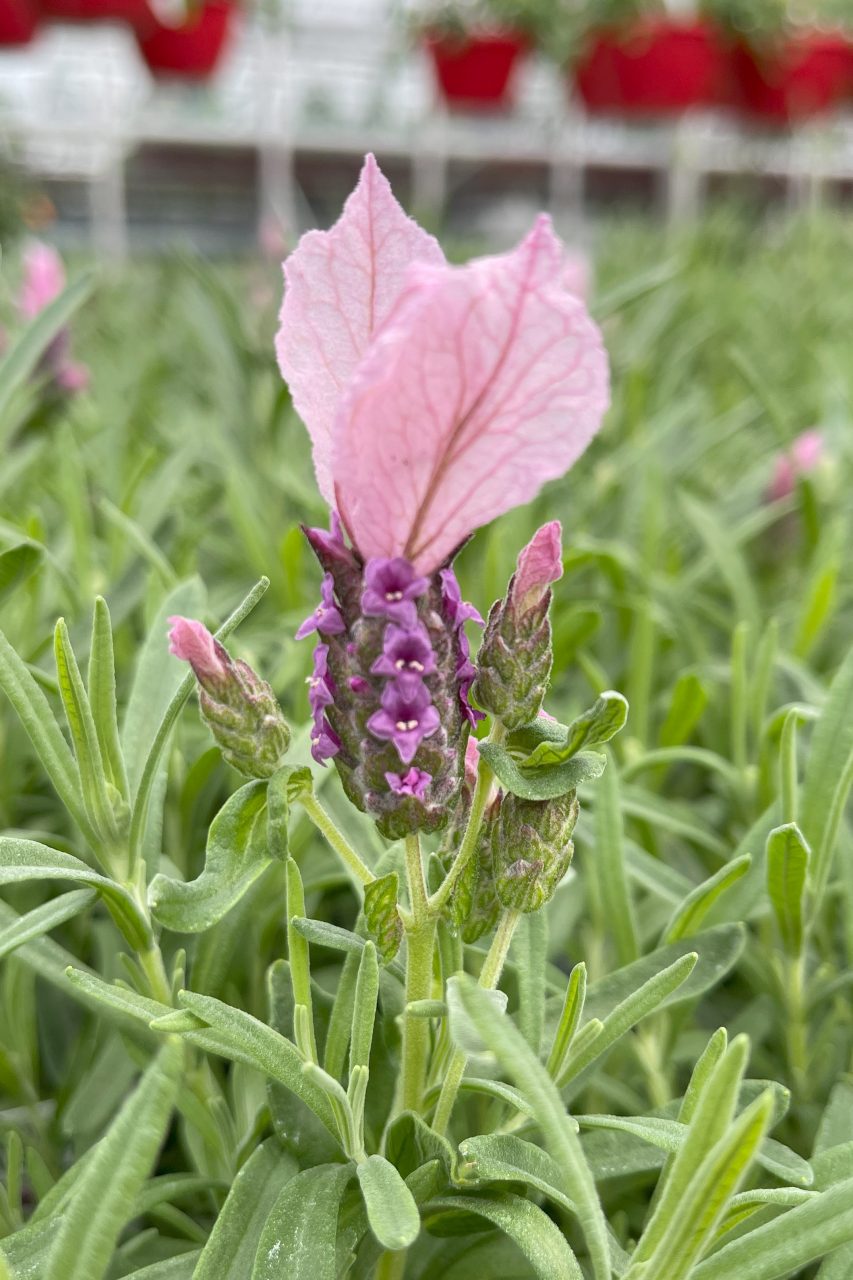
Herbs Attract Pollinators to the Garden
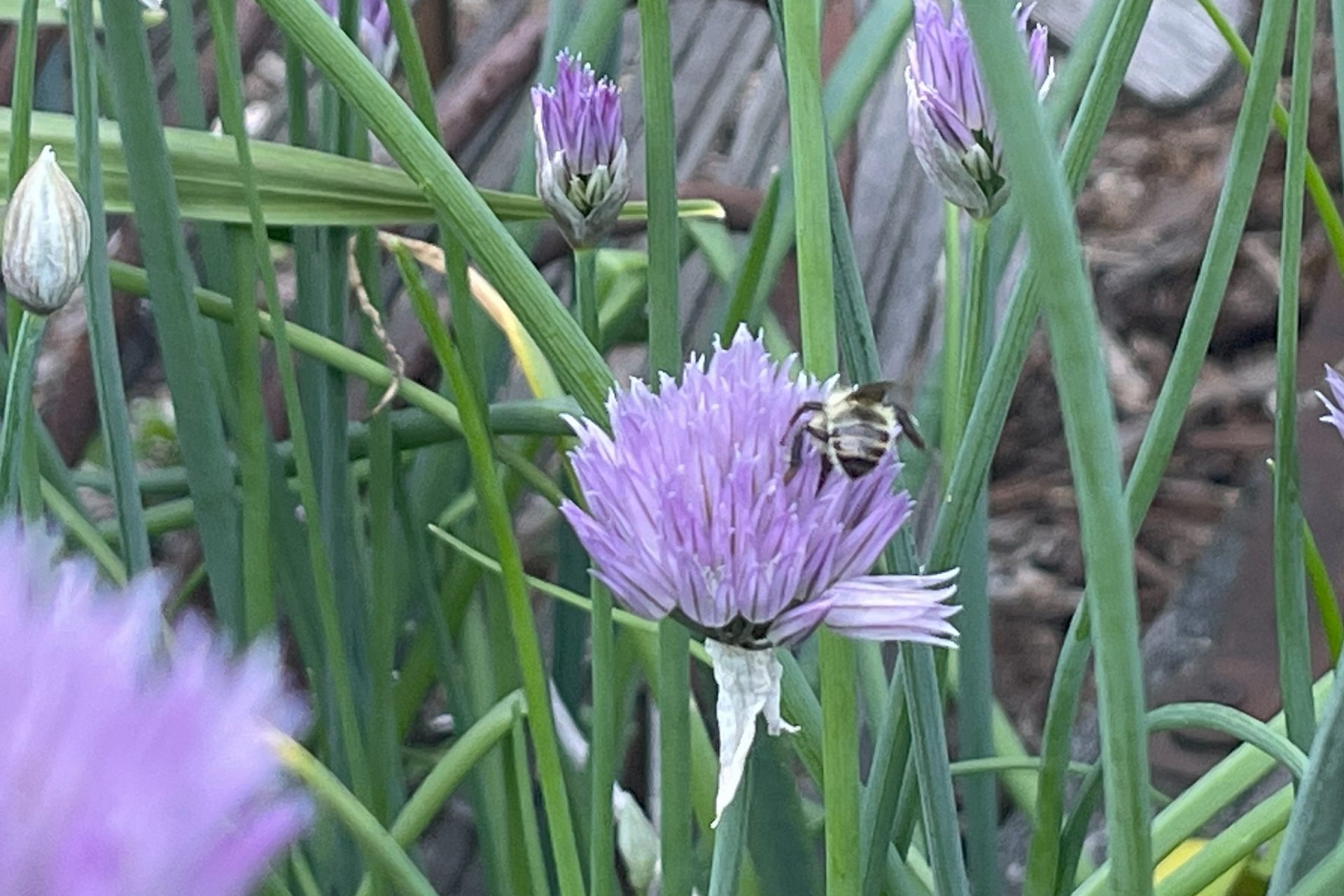
Most herbs are strongly scented and skimming past herbs makes walking through the garden a beautiful sensory experience.
Herb flowers and fragrances are a favourite of pollinators.
Related: 5+ Ways to Create A Thriving and Pollinator-Safe Garden, The Best Annual & Perennial Flowers for Your Zone 3/4 Pollinator Garden [+ Free Pollinator Reference Chart]
Other Herb Uses Include:
• Bug and Insect Repellent – Some herbs drive away bugs and insects by their smell. For example, mosquitoes don’t like the scent of Basil or anything with a lemon fragrance. This includes Lemon Balm, Lemon Grass, or Lemon thyme.
• Herbs make great teas, jellies, and soaps – Lavender, Mint, Oregano, Basil, and Rosemary are famous for this.
• Achillea and Rosemary are herbs with anti-inflammatory properties.
Where to Grow Herbs
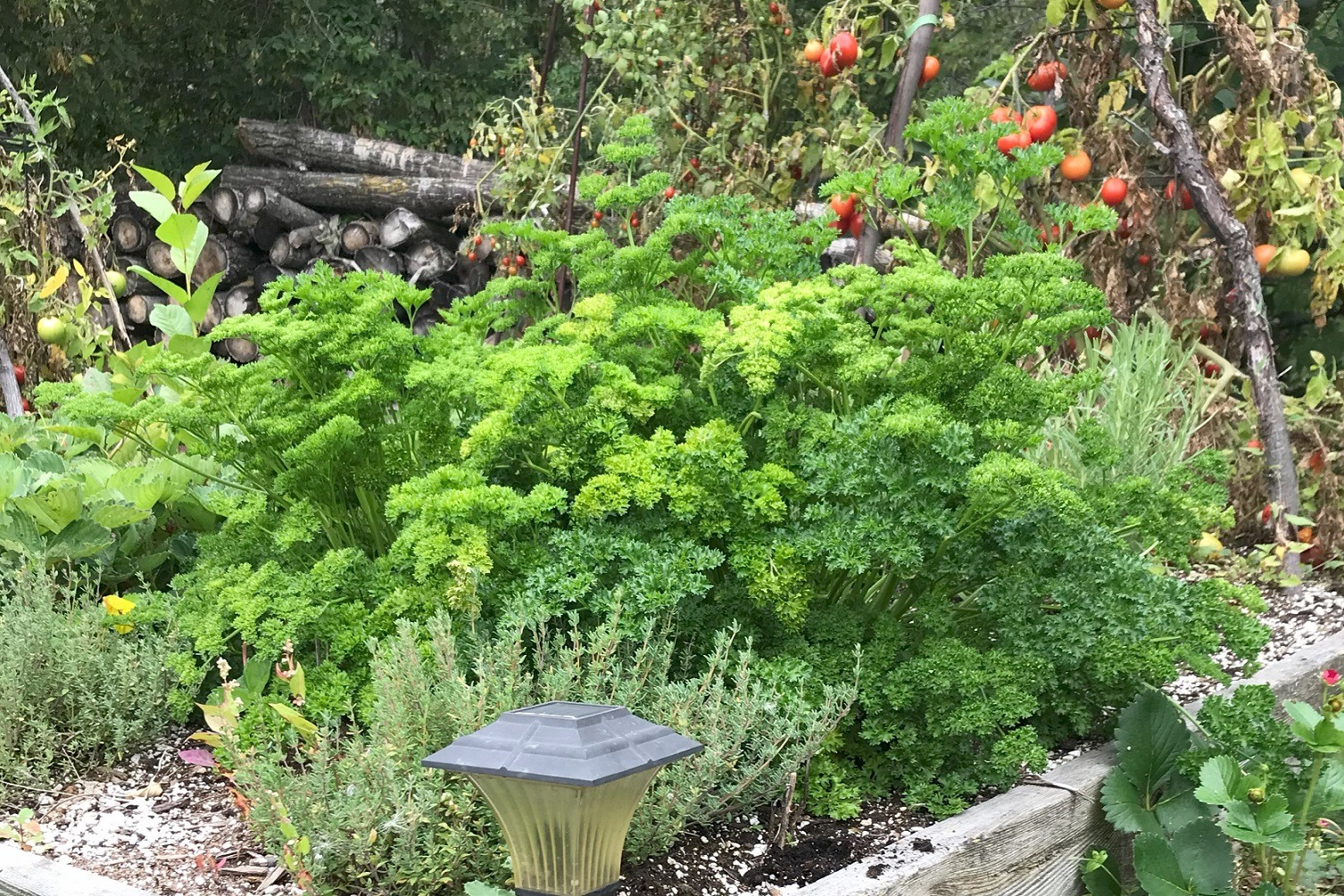
Herbs are simple to grow and incredibly versatile regarding growing location and method.
Herbs need sunshine and warmth.
Most herbs prefer a warm, full-sun location with at least 6 hours of direct sunshine; 8 or more hours is ideal.
Herbs can grow in an east, south, or westerly exposure as long as no trees, buildings, or fences block the sun.
Most herbs thrive in heat and grow best in places where their roots stay warm, too. This is why hanging baskets, containers, planters, and window boxes are ideal for growing herb gardens.
Planters and containers keep soil temperatures a little higher than level ground.
Grow herbs in well-draining, high-quality organic soil.
Soil quality is essential for healthy herb growth, because soil components transfer to the plant. Always use organic soil when growing food.
Remember to check of drainage holes in any planter that is used for growing herbs to facilitate water drainage.
Fun Herb Pairings for Containers
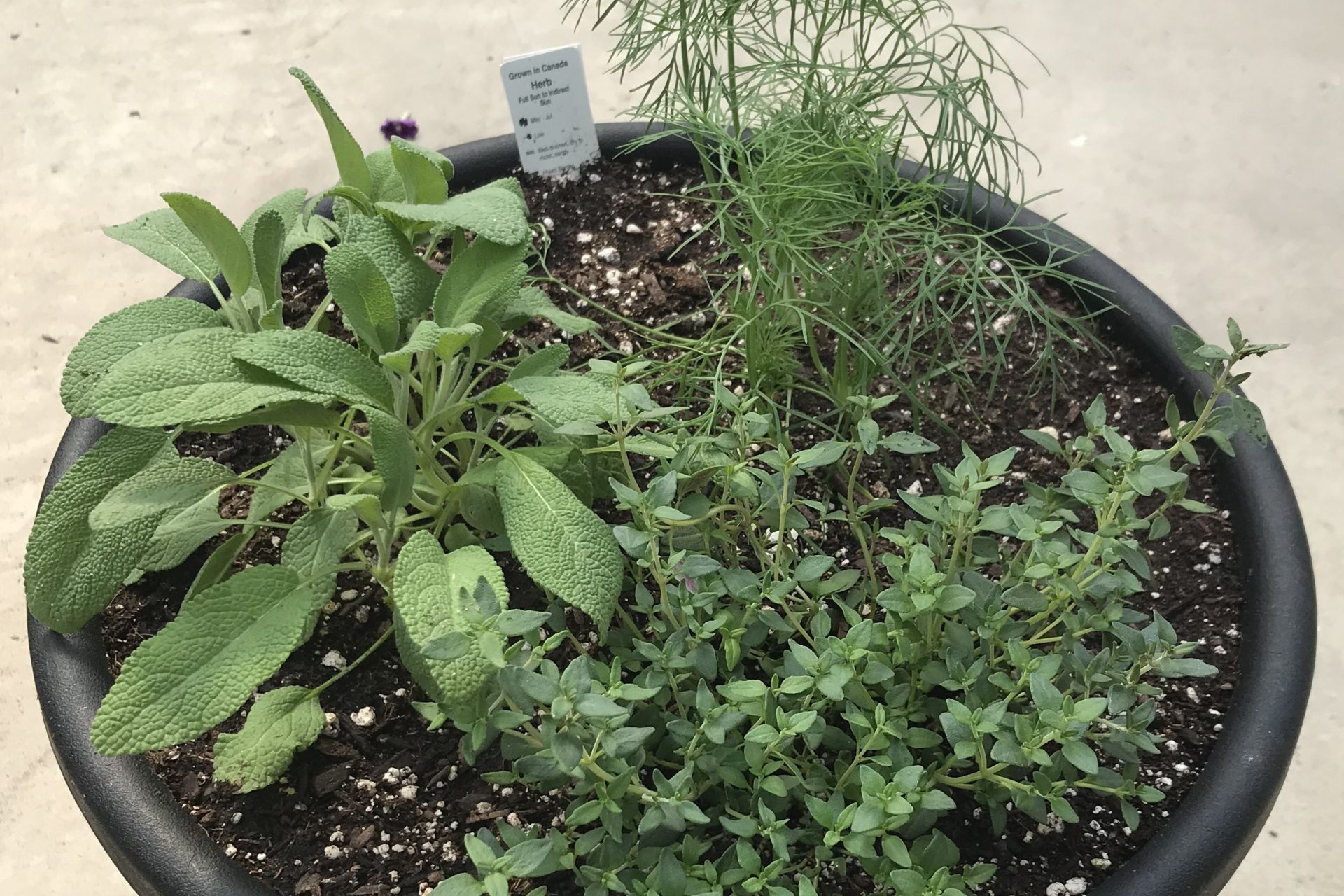
When planning an herb garden container, match herbs that like to grow in similar environmental conditions.
Also check the projected growth dimensions of each herb to allow enough space for them to grow and to avoid one herb overtaking their planter mates.
That being said, Basil doesn’t play well with others and prefers to grow alone.
Related: How to Grow Great Basil in Alberta
Here are a few fun themes for herb pots:
Plant a Pizza Herb Pot: Pair oregano, parsley, and thyme together. They all enjoy warm, sunny environments.
Basil is a big part of pizza, but grow this one in its own pot.
Remember Scarborough Fair? Plant a Scarborough Fair Pot: Combine Parsley, Sage, Rosemary, and Thyme in a planter.
Plant a ‘Tea Pot’: So many herbs make great tea, single or combined. Mint, Lavender, Lemon grass, Lemon Thyme, Rosemary, and Oregano all make great teas by themselves or in combination.
Pot up a Bath-Themed Pot: Lavender has anti-inflammatory properties, and Artemisia, Mint, and Rosemary help with aching muscles. Sage is energizing, and Yarrow (Achillea) helps to heal the skin.
How to Care for Herb Containers
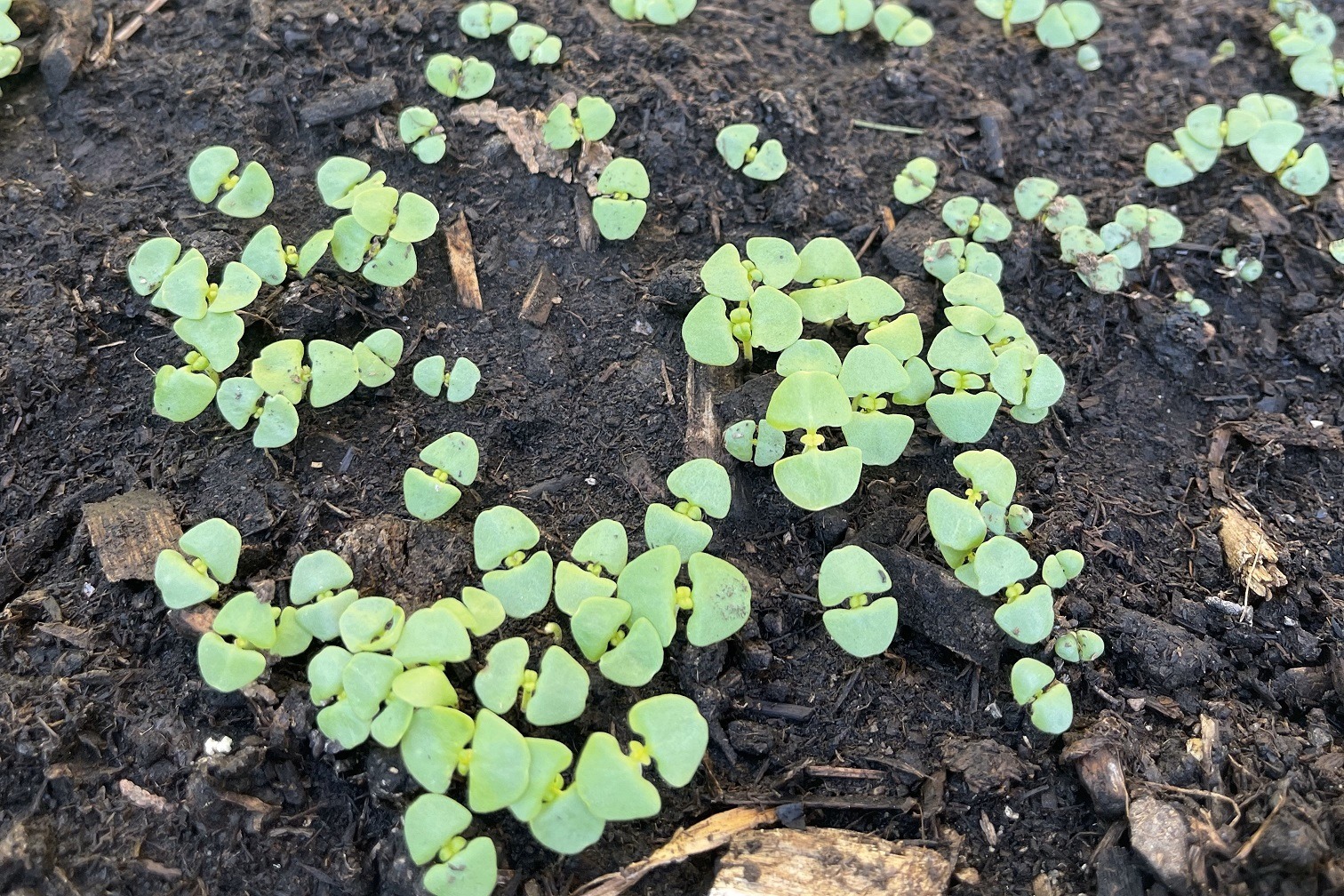
We’ve covered the where of growing herbs, so let’s talk about the how.
I like to use the acronym T-E-N-D as a guide to care for plants. It’s a guide that works for plants grown in containers, raised beds, and in-ground gardens.
• T stands for Take a Good Look
• E is for Enough water
• N represents Nutritional Needs
• D is for Deadhead & Encourage Growth
Read on for more details about TENDing herb gardens.
1. Take A Good Look
This first step is watching your herb container daily.
Make a point to give your herbs a quick head-to-toe assessment daily, this step shouldn’t take a long time, just do a quick inspection.
Note the leaf colour and turgor, and check the flower health. Most leaves should be a deep green colour unless they are variegated or another colour like purple or chartreuse on purpose.
Look for any unusual curling, wilting, spots, yellowing, and old or deformed flowers.
If you notice anything suspicious, take a deeper look.
Turn the leaves over and check the underside for bugs. Take a look at the soil surface for unwanted creatures, too.
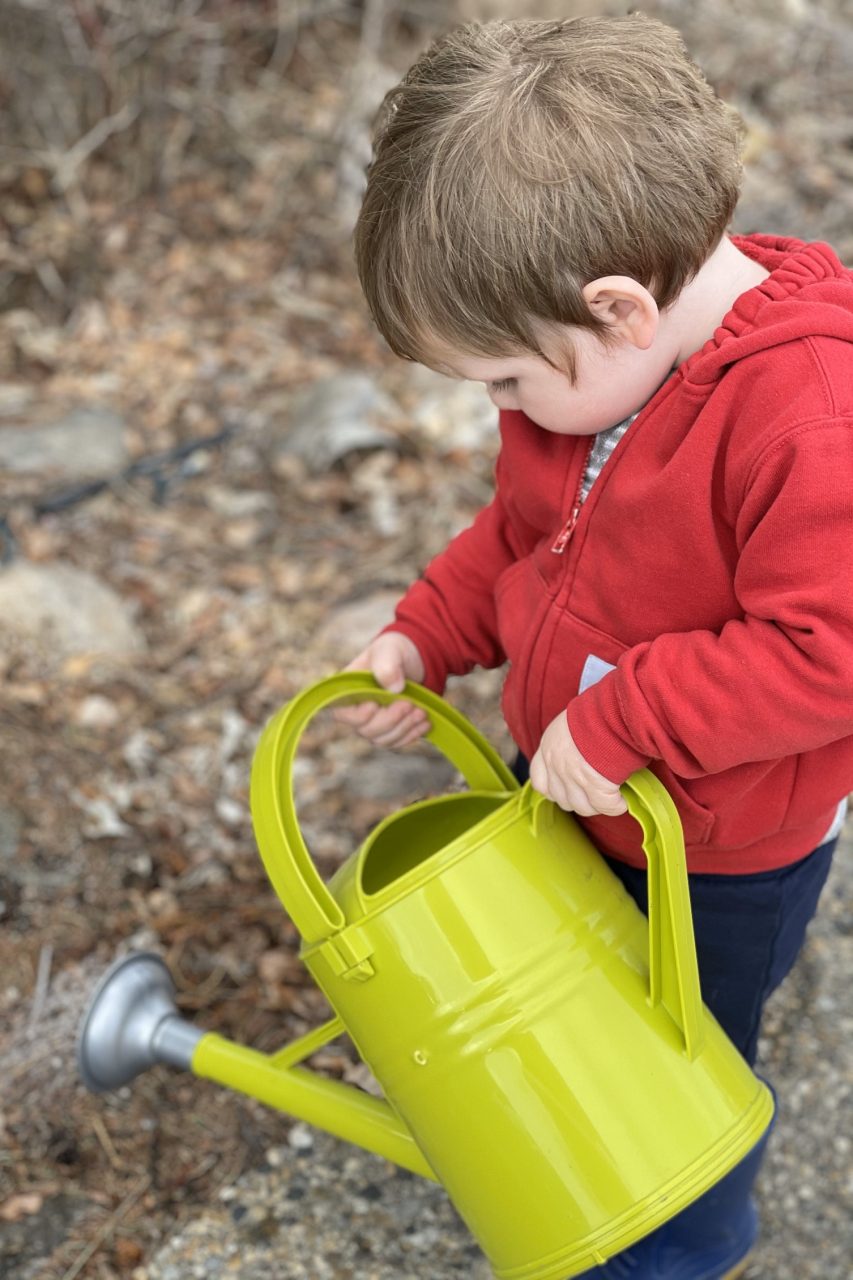
2. Check the Herbs for Enough Moisture
This step is about watering. Like a well hydrated human, all plant systems work better when they are well hydrated. Most herbs like to be kept evenly moist.
The first clue about a plant’s moisture status is the health of its leaves. Well-hydrated plants hold their leaves sturdily without any drooping. Conversely, wilting is the first sign of dehydration.
An excellent way to check herbs for adequate hydration is to pick up the planter and check its weight. As you get more familiar with how heavy a thoroughly watered container feels, you can tell when it is time to water as it gets light.
Another way to check for the water status of a container is to stick the entire length of your index finger into the soil. Give the herbs water if it is dry at your fingertip or first knuckle.
Water herbs at soil level, and avoid spraying water all over the leaves. Instead, place the tip of the hose or watering can at the base of the plant to keep everything else dry.
Keeping flowers and leaves dry, and watering in the morning prevents the development and spread of fungus and other plant infections.
3. How to Fertilize Herbs and Meet Their Nutritional Needs
Keeping herbs well nourished is vital for healthy herb growth.
Healthy herbs should show robust growth with deep green leaves.
As water drains out of pots, nutrients can be lost. If you see slowed growth and pale leaves, fertilize them regularly on a weekly or biweekly basis.
What fertilizer is suitable for herbs?
Use organic or natural fertilizers when growing food items, because what goes into a plant eventually gets into your body.
One of my favourite fertilizers is called ‘Nature’s Source’. It is a natural fertilizer that is easy to use and gentle on plants.
Other organic fertilizers and those with an even macronutrient distribution work best for herbs.
Related: How to Understand Fertilizer Labels
4. How to Deadhead and Encourage Herb Growth in Containers
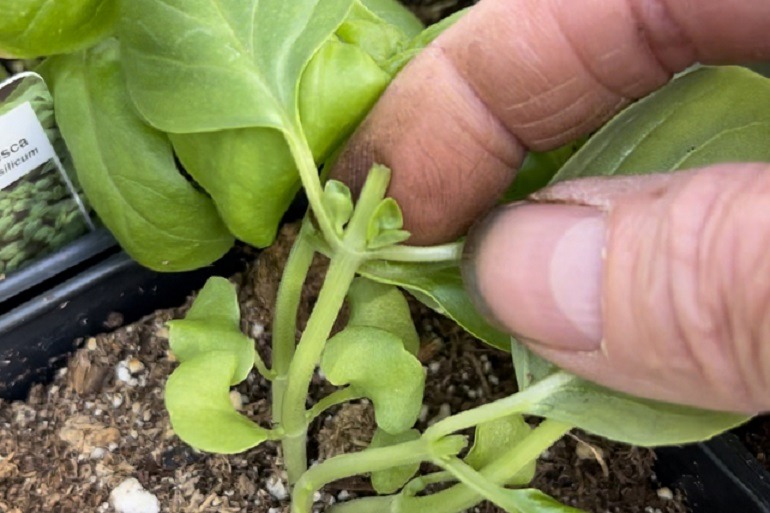
This last step is a maintenance step.
Herbs grow better when trimmed, deadheaded, and kept from gangly, rampant growth.
Pinch herbs at nodes where leaves emerge from the stem. The plant will grow stocky and will develop new leaves as pictured above.
Related: How to Keep Hanging Baskets & Flower Containers Thriving All Season.
Final Thoughts on Growing Herbs
Herbs are delightful to grow and yield high benefits to your garden and body. Not only do they add lush vibrancy to your garden, but they also add wonderful scent! Herbs can be used for so many different purposes, so I guarantee you won’t regret adding an herb element to your garden this year!
This blog will get you started on growing an excellent crop of herbs, be it on your porch, patio, front step, flower garden or vegetable garden — let me know how it goes!
©Sharon Wallish Murphy ©Gardening with Sharon


